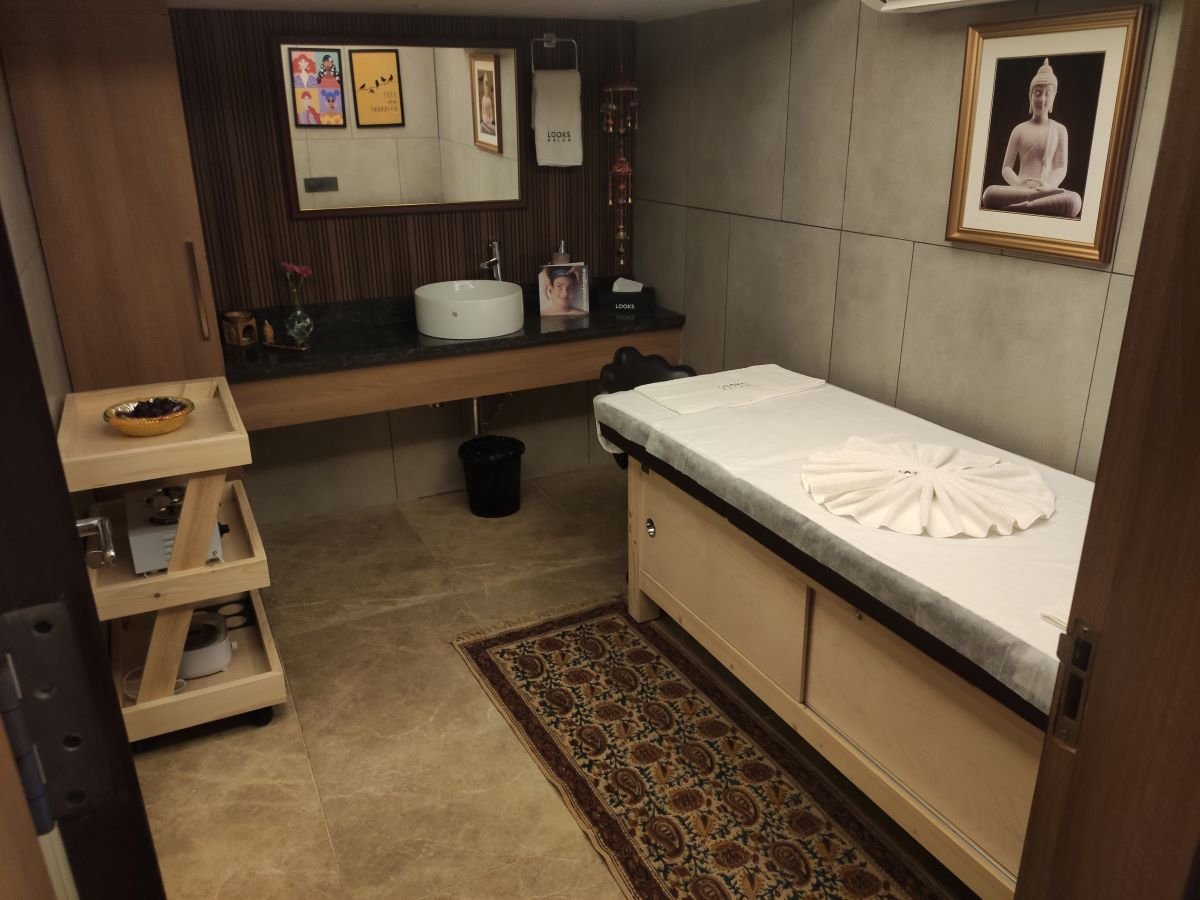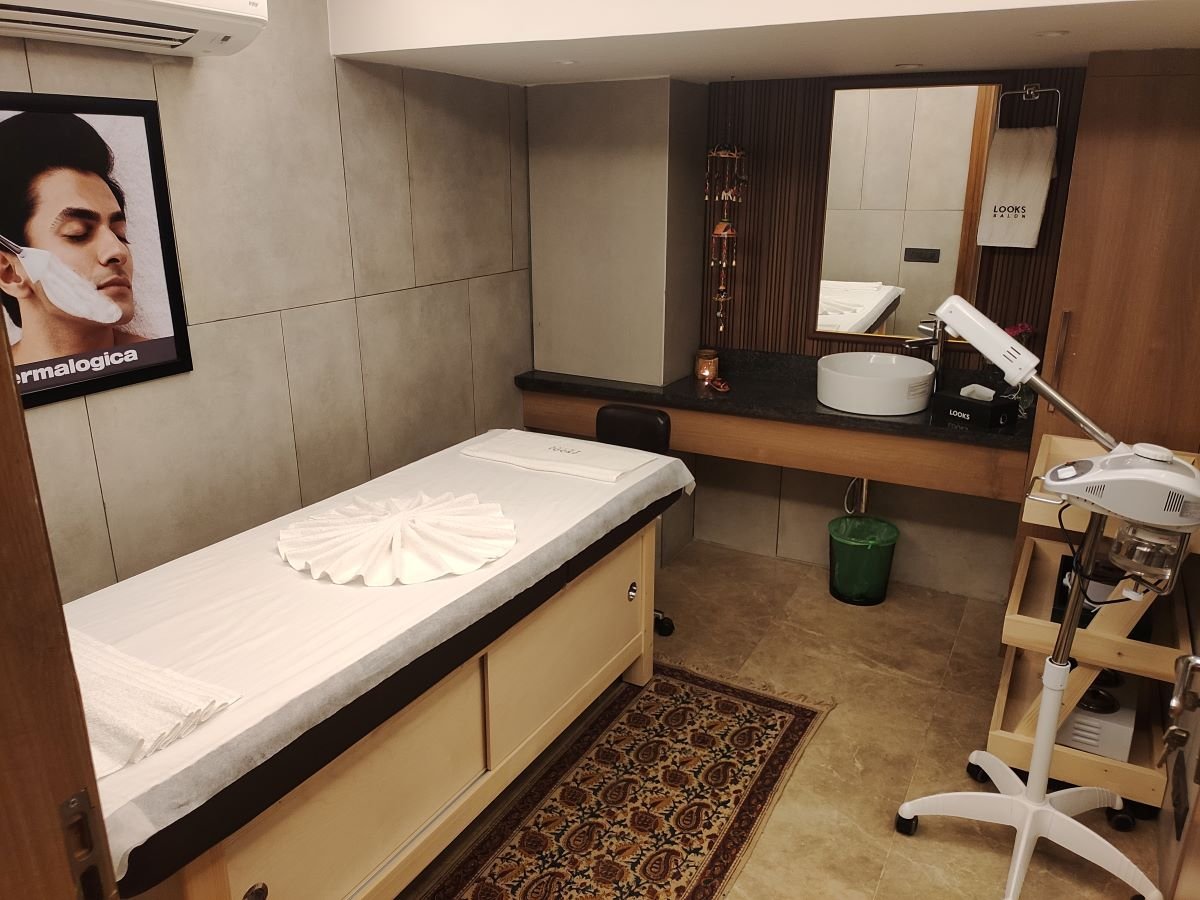Alarming situation needs to be addressed urgently through coordinated governmental and societal interventions
When a girl in her mid-teens presented in a medical clinic in Sector 21 Chandigarh complaining of a cut in the finger which was not healing, she wouldn’t have ever imagined what she would be diagnosed with at such a young age. The 17-year-old had developed Type 2 diabetes. Though her parents were not diabetic, there was distant history of the disease in the family with one of her grandparents suffering from it.
Another patient, a 34-year-old visiting the clinic complained of what he believed was persistent ‘acidity’. Finding no clear cause for the complaint, the doctor recommended a set of random tests, which resulted in the man being diagnosed with Type 2 diabetic. He presented with none of the classical symptoms associated with diabetes, yet he had it.
About this case, Dr Deepti Arora, a Consultant Physician and Diabetes Specialist, explains that because of a metabolic dysfunction the middle-aged patient developed fatty liver, which lead him to feel what he described as ‘acidity’.
Your own news portal LifeInChandigarh.com connected with Dr Deepti after hearing from our readers’ circles that she runs an ethical practice by the name ‘Healthwise’.
In a lengthy conversation at her clinic, centred around her experiences as a diabetes specialist of long standing, she expressed serious concern over more and more young patients presenting with Type 2 Diabetes around half the age (30 years) than previously known till a couple of decades back.
(Type 2 diabetes is a chronic condition characterized by persistently high blood sugar levels, also known as hyperglycemia. This occurs when the body either doesn’t produce enough insulin or can’t use the insulin it produces efficiently, leading to glucose buildup in the bloodstream)
Dr Deepti says that if earlier on an average people were developing Type 2 diabetes at age 50, and on remaining undetected and unchecked, further complications like heart diseases, kidney disease, eye damage, nerve damage, etc began manifesting a couple of decades later, it was less consequential for the patients. By then they would have lived out their productive years and better accept the reality of a reduced quality of life while remaining on lifelong medications and treatment.
But now, when people have started developing Type 2 diabetes at much younger ages, and further complications, on remaining undetected and untreated, also manifesting in crucial years, it is much more consequential because quality of life in their most productive years gets hugely disturbed or disrupted.
This situation needs to be addressed urgently through coordinated governmental and societal interventions because only healthy and prospering people can lead the nation to its goal of ‘Viksit Bharat’ by 2047, she asserts.

Pre-diabetes & childhood obesity
Dr Deepti highlights another growing concern, that of the rising number of Indians entering the ‘pre-diabetic’ stage, often unknowingly, due to the absence of clear symptoms. “This silent surge is largely driven by lifestyle changes and an overabundance of food and calories in our environment,” she explains.
She also emphasises that the increasing prevalence of childhood obesity must be addressed urgently and tackled on a war-footing.
While all these disconcerting health issues can be attributed to a growing trend towards unhealthy eating choices, sedentary lifestyles and a toxic environment, she said tackling the concerns head-on is not a choice but an absolute and urgent necessity. It’s a complex challenge that requires a multi-faceted and holistic approach. (Her detailed suggestions are listed later in this write-up).
Improved medicines
Dr Deepti has some words of cheer for Type 2 Diabetics. Earlier there were only 2-3 medicines available for treatment of diabetes, now there are many more improved options. Now medicines are available which not only help control diabetes but also protect the kidneys and heart.
Effective weight loss medicines have also entered the market. Though expensive, these are getting popular following their use by celebrities. Available in tablet and injectable form, monthlong daily therapy can cost in the region of Rs 10,000. Reduction in body fat reduces the impact of fat accumulated around vital organs like liver and pancreas. A 10% reduction in body fat can result in 1% reduction in HbA1c, which is significant, she shares.
Looking ahead, Dr Deepti informs, diabetes management is set to become even more patient-friendly with the upcoming availability of once-weekly insulin injections, reducing the need for daily doses and improving convenience and adherence. Additionally, inhaled insulins are on the horizon, offering a needle-free alternative for mealtime blood sugar control, which would be particularly beneficial for those with injection fatigue or fear of needles.
 Coming back to the root causes of Type 2 Diabetes, Dr Deepti reaffirms that apart from hereditary and genetic factors, unhealthy eating choices and sedentary lifestyles are major contributors. And we are not burning the calories. Less than 10% of the population indulges in some form of recreational activity like walking, home exercising or gymming, she assets.
Coming back to the root causes of Type 2 Diabetes, Dr Deepti reaffirms that apart from hereditary and genetic factors, unhealthy eating choices and sedentary lifestyles are major contributors. And we are not burning the calories. Less than 10% of the population indulges in some form of recreational activity like walking, home exercising or gymming, she assets.
Her advice: The least people need to do is walk around for 10-15 minutes after every meal, whether in their workplace, home or outdoors. Taking recourse to a simile, she says just as you need to burn fuel in the car to generate energy, similarly you need to burn calories to generate energy in your body.
Markers of diabetes: Family history, weight loss/gain, infection not healing, insulin resistance which manifests in darkening of skin right behind the neck and/or underarms, etc.
Diabetics must know: One most important thing all diabetics must and should avoid is drinking sugary beverages, which means anything which tastes sweet – aerated drinks, fresh home-made or packaged juices, tea, coffee (whether with sugar, jaggery, honey, or any other sweetener), even fresh coconut water – are to be strictly avoided.
A parting word: All those who have a history of diabetes in the family must start getting annual blood sugar tests done from a young age otherwise entire families run the risk of developing diabetes.
Dr Deepti Arora is a physician (gold medallist) specialising in diabetes. She has trained at CMC Ludhiana and holds a Fellowship in Diabetes, along with advanced certifications in Diabetes from Christian Medical College, Vellore; Royal College of Physicians (UK) and Harvard Medical School (USA).
At HealthWise Clinic, she focuses on personalised, lifestyle-based management of chronic conditions like diabetes, high cholesterol, and high BP.
Excerpts from a Q&A with Dr Deepi Arora
Q. Type 1 diabetes we know is an autoimmune disease. Can it occur at birth, or can it happen suddenly at any age?
A. Type 1 diabetes is an autoimmune disease in which the immune system mistakenly attacks and destroys insulin-producing beta cells in the pancreas, for reasons yet not known in medical science. Type 1 diabetes is not typically present at birth. It can develop anytime from infancy to adulthood, but it is most common in children and adolescents.
Q. Conditions which differentiate pre-diabetes from diabetes
A. Pre-diabetes means your blood sugar is higher than normal but not high enough to be called diabetes. It can be considered a warning sign that the person is at risk for Type 2 diabetes. Diabetes happens when blood sugar levels are consistently high and can start affecting your health.
Pre-diabetes is often silent – it usually doesn’t cause any symptoms, so many people don’t know they have it. It is reversible with lifestyle changes like healthy eating and exercise, good sleep and stress management. Diabetes usually needs long-term management and, if untreated, can lead to serious complications.
Q. Do all diabetics have to take insulin shots?
A. No, not all diabetics need insulin shots. People with Type 1 diabetes always need insulin because their body doesn’t produce it. In Type 2 diabetes, many people manage with healthy lifestyle – right eating, exercise, and medication. Insulin is needed if the body doesn’t make enough insulin or if the diabetes has lasted a long time and there are risks of damaging other organs.
Q. Any reliable simple or do it yourself (DIY) method of preliminary detection of diabetes, pre-diabetes?
A. There is no reliable DIY method to diagnose diabetes or pre-diabetes at home. The best way is to get a fasting and post prandial (post meal) blood sugar test done. If feasible, you can also get another test called HbA1c done.
You can watch for some symptoms like increased thirst, frequent urination, tiredness, and slow healing of wounds – these mean you should get tested soon. Sometimes urine infection is the presenting complaint of diabetes.
Regular check-ups are important if you have risk factors like family history or are overweight.
Q. Is diabetes fully curable, if yes, at which stage?
A. Diabetes is not fully curable, but it can be put into remission.
In pre-diabetes, lifestyle changes like healthy eating and exercise can often reverse the condition and prevent progression to overt diabetes.
In Type 2 diabetes, good management can keep blood sugar normal, and lifestyle and dietary interventions can help put it into remission, but it usually requires ongoing care.
Type 1 diabetes is lifelong and requires insulin treatment.
Q. Why should a person not develop diabetes? What does it do to one’s quality of life?
A. A person should avoid developing diabetes because it can cause serious health problems like heart disease, stroke, kidney damage, vision loss, and nerve problems. Indians are at higher risk of heart attacks and strokes, often happening a decade earlier than people in Western countries. These risks become much higher if diabetes lasts for many years without effective control. Diabetes can also make daily life harder with fatigue and frequent medical care. Preventing diabetes helps you stay healthier and enjoy life longer.
Q. Should diabetics despair, what can they do to enjoy good quality life?
A. No, diabetics should not despair. With the right care – healthy eating, regular exercise, medication as prescribed, and regular check-ups – they can live a full, active, and happy life. Managing diabetes effectively prevents complications and helps maintain good energy and wellbeing. Support from family, doctors, and diabetes educators also makes a big difference.
Q. How can schools, colleges, institutions contribute to prevent further spread of diabetes?
A. Schools, colleges, and institutions can help prevent diabetes by:
– Promoting healthy eating habits and providing nutritious food options. They can enforce rules that limit the availability of sugary drinks and junk food on campus.
– Encouraging regular physical activity through sports – By integrating regular physical activity into daily routines – like mandatory exercise sessions, walking clubs, or active classrooms – they can help students stay active and reduce diabetes risk.
– Educating students and staff about diabetes, its risks, and prevention.
– Creating a supportive environment in the school canteens that discourages sugary snacks and sedentary behaviour.
– Providing mental health support and stress management programs for children is important, as stress and poor sleep can affect blood sugar and overall health.
– Institutions can partner with healthcare providers to offer free or low-cost screening for blood sugar and risk factors, catching early signs of pre-diabetes or diabetes.
Q. What in your view is a holistic solution to check the alarming rise in diabetic population
A. he rise in diabetes is a complex challenge that requires a multi-faceted and holistic approach.
First, widespread public education and awareness are vital. People must understand the risks, early signs, and importance of healthy living from childhood onward. Schools, workplaces, and media can all play important roles in spreading this message.
Second, early detection through regular screening is essential. Affordable and accessible testing can identify pre-diabetes and diabetes early, allowing timely intervention to prevent complications.
Third, promoting healthy diet and physical activity should become a social norm. This means creating supportive environments with healthy food options, safe spaces for exercise, and policies that reduce sugary and processed foods.
Four, mental health and stress management must be prioritised, as stress negatively impacts blood sugar control.
Finally, community and family involvement is crucial for sustaining healthy habits. When families and communities embrace these changes, prevention and management of diabetes becomes more effective.
In summary, combining education, early detection, lifestyle support and community engagement offers the best chance to curb the growing diabetes epidemic and improve public health.
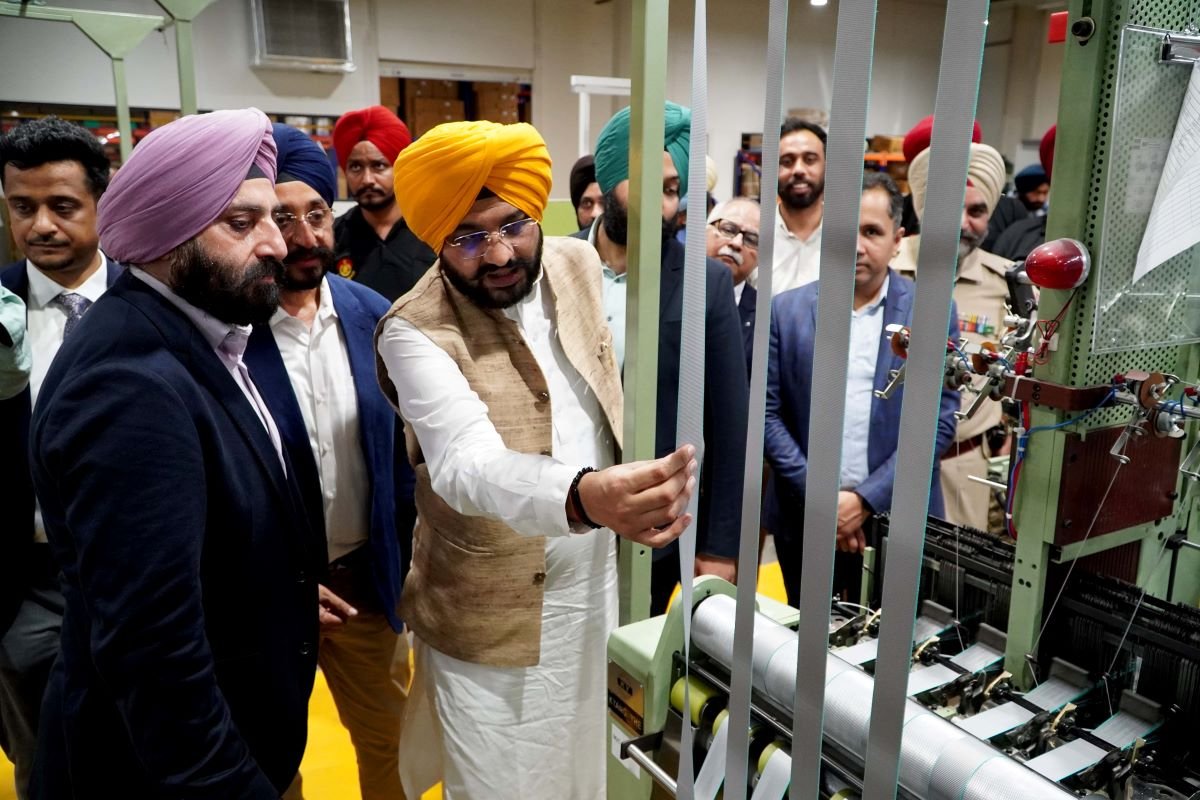
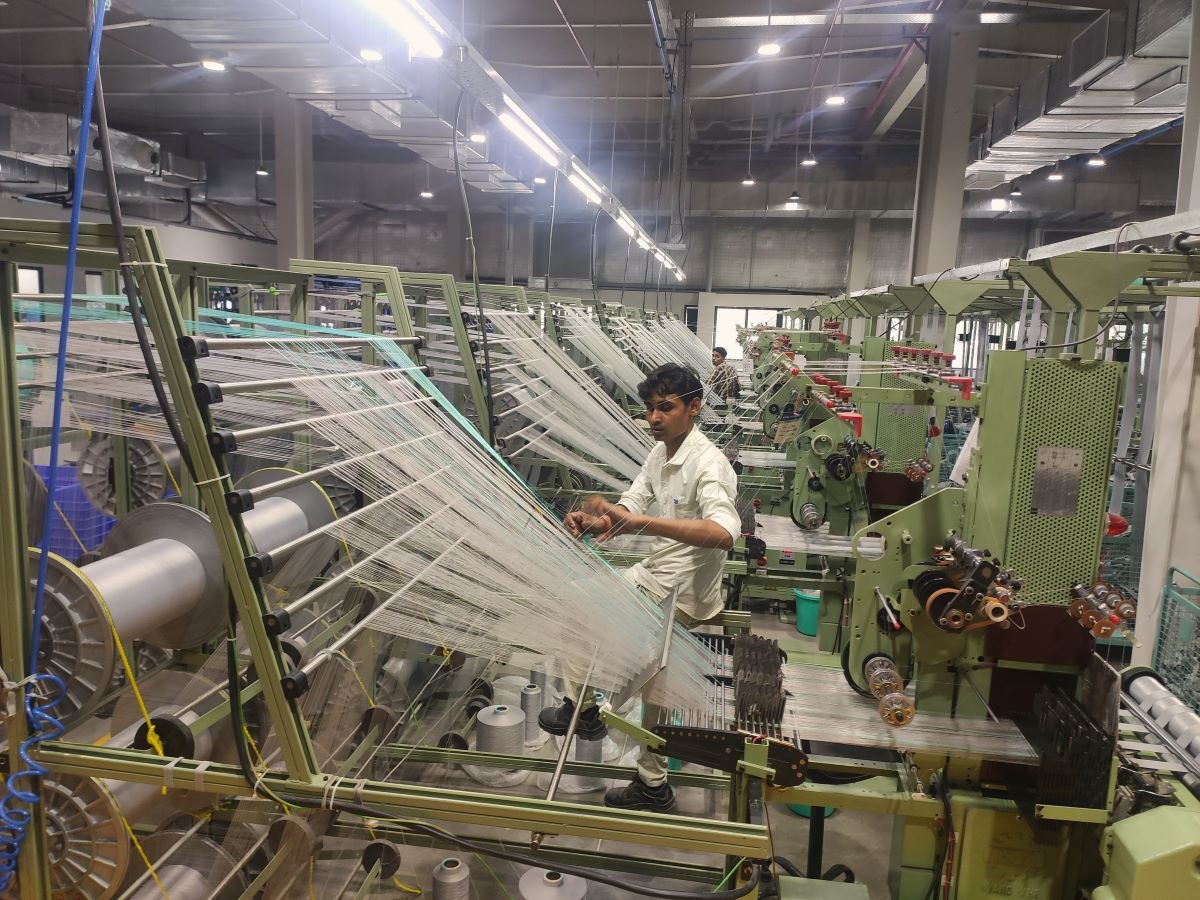 Adding to the Dr PJ Singh’s assertions on employment, Tynor Orthotics Executive Director AJ Singh stated: “With the start of manufacturing at Ortech Textiles, plans are to increase employment at Tynor Group from 2,500 to 5,000.”
Adding to the Dr PJ Singh’s assertions on employment, Tynor Orthotics Executive Director AJ Singh stated: “With the start of manufacturing at Ortech Textiles, plans are to increase employment at Tynor Group from 2,500 to 5,000.”


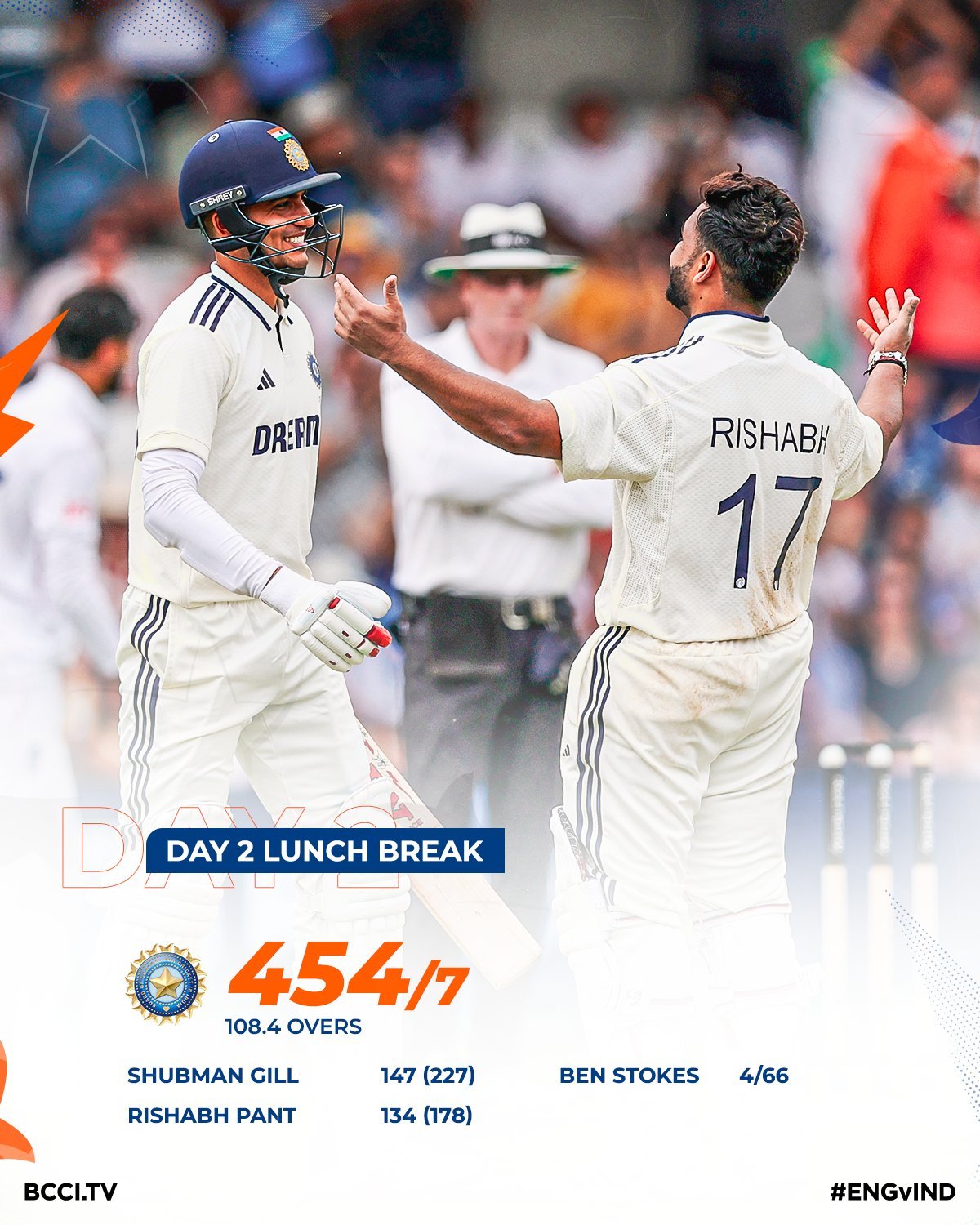 The performances would have given heart to those who were doubting the abilities of the new generation of batters, especially in countering the challenging English conditions, and the decision of the selectors and the team management in handing the Test captaincy to 25-year-old Shubman Gill at such a young age, considering that he has played only 32 Test matches with a less than flattering aggregate of 1893 runs, averaging just over 35.
The performances would have given heart to those who were doubting the abilities of the new generation of batters, especially in countering the challenging English conditions, and the decision of the selectors and the team management in handing the Test captaincy to 25-year-old Shubman Gill at such a young age, considering that he has played only 32 Test matches with a less than flattering aggregate of 1893 runs, averaging just over 35.
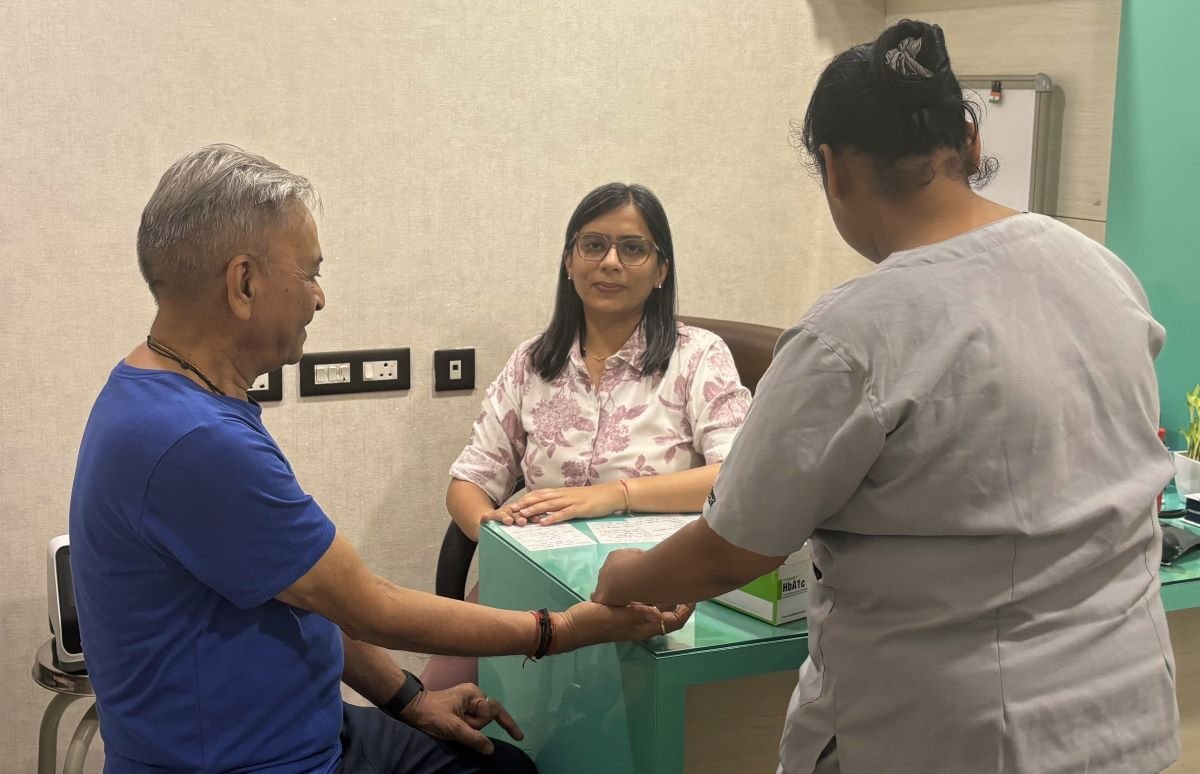
 Coming back to the root causes of Type 2 Diabetes, Dr Deepti reaffirms that apart from hereditary and genetic factors, unhealthy eating choices and sedentary lifestyles are major contributors. And we are not burning the calories. Less than 10% of the population indulges in some form of recreational activity like walking, home exercising or gymming, she assets.
Coming back to the root causes of Type 2 Diabetes, Dr Deepti reaffirms that apart from hereditary and genetic factors, unhealthy eating choices and sedentary lifestyles are major contributors. And we are not burning the calories. Less than 10% of the population indulges in some form of recreational activity like walking, home exercising or gymming, she assets.



 Enter the Simran Dhillon design studio and you are immediately struck by the elegance and sophistication of its layout. The displays in various well-defined and spaced-out sections exude a sense of originality, and most regality too. The distinct and timeless Punjabi stamp is unmissable in even the most modern and contemporary designs.
Enter the Simran Dhillon design studio and you are immediately struck by the elegance and sophistication of its layout. The displays in various well-defined and spaced-out sections exude a sense of originality, and most regality too. The distinct and timeless Punjabi stamp is unmissable in even the most modern and contemporary designs.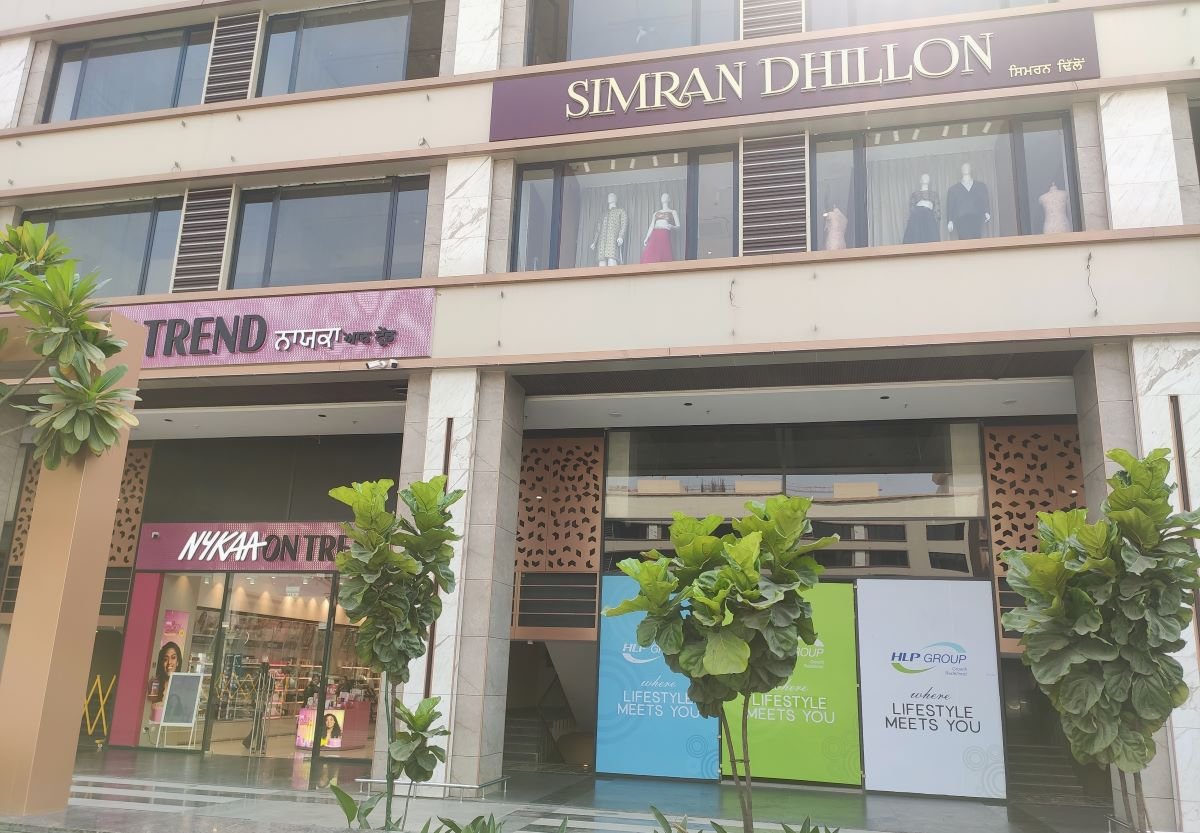

 There are four other sections, among which the men’s section stands out with luxurious pieces for all kinds of formal events – tuxedos, coats, shirts, pants, and more. The women’s section displays party wear with Indian and Indo-western styles.
There are four other sections, among which the men’s section stands out with luxurious pieces for all kinds of formal events – tuxedos, coats, shirts, pants, and more. The women’s section displays party wear with Indian and Indo-western styles.






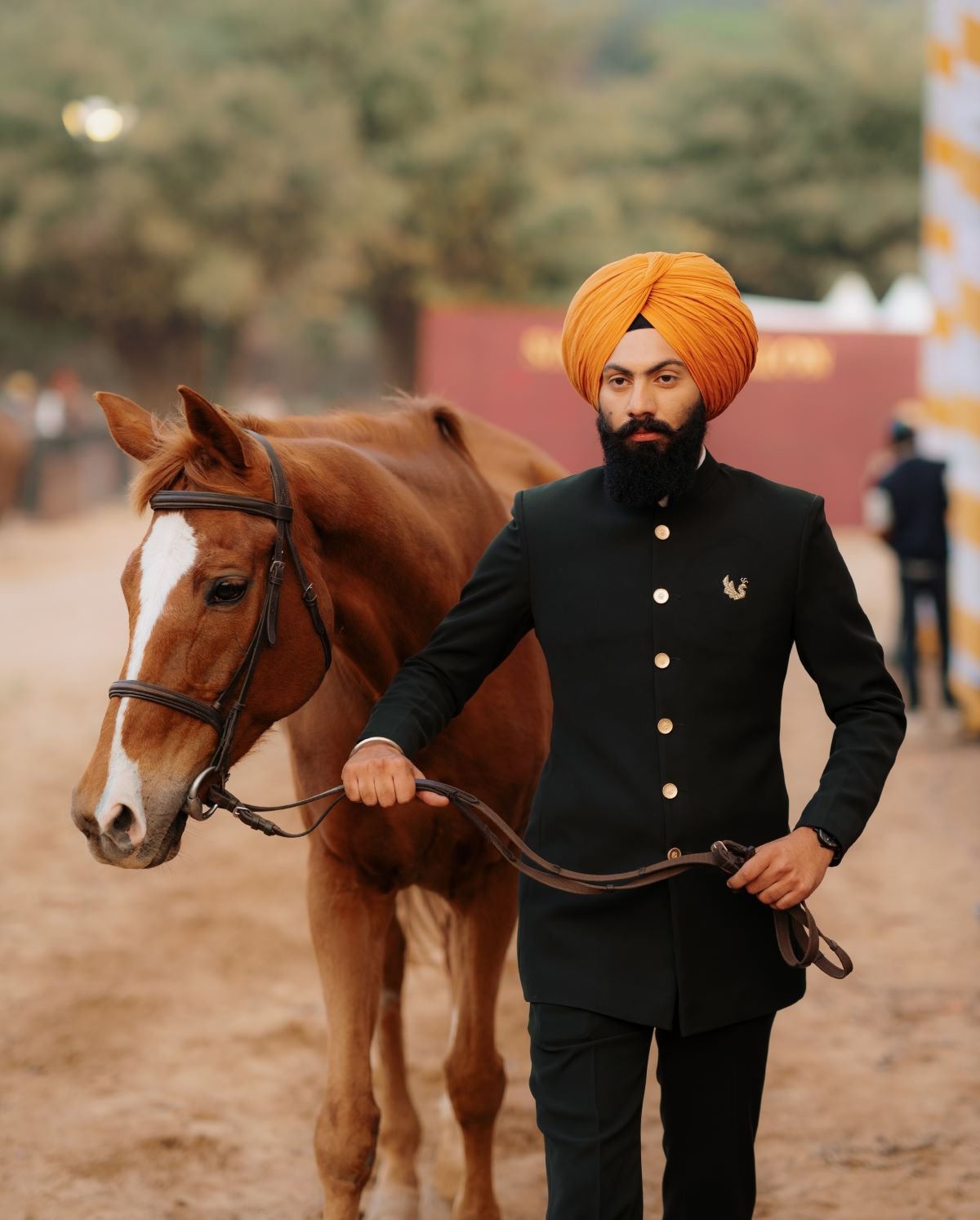




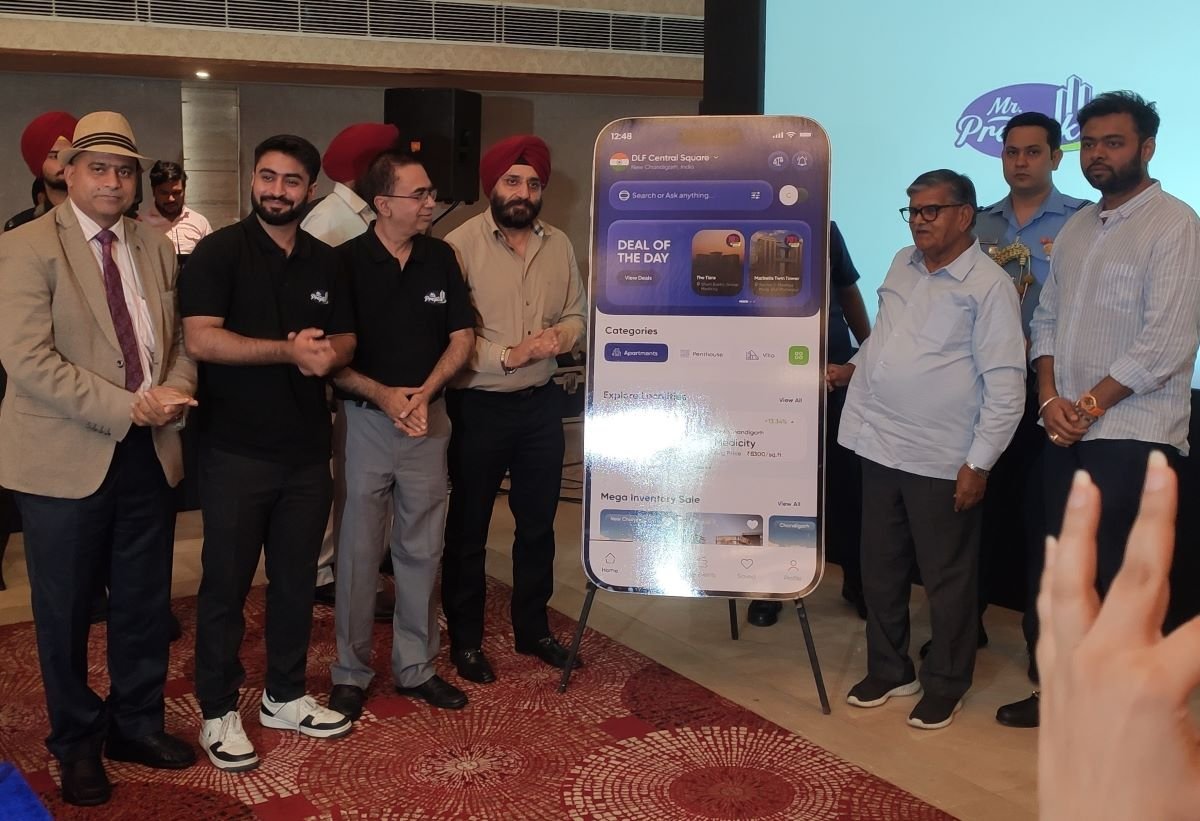


 Finally, Poonam Pratibha Singh, a retired Joint Director, Technical Education, Haryana, with roots in Himachal Pradesh and settled in Chandigarh, was crowned Ms Senior 2025. Rekha Shah finished 1st runner-up, Kiran Khurana 2nd runner-up and Anita Chadha 3rd runner-up.
Finally, Poonam Pratibha Singh, a retired Joint Director, Technical Education, Haryana, with roots in Himachal Pradesh and settled in Chandigarh, was crowned Ms Senior 2025. Rekha Shah finished 1st runner-up, Kiran Khurana 2nd runner-up and Anita Chadha 3rd runner-up.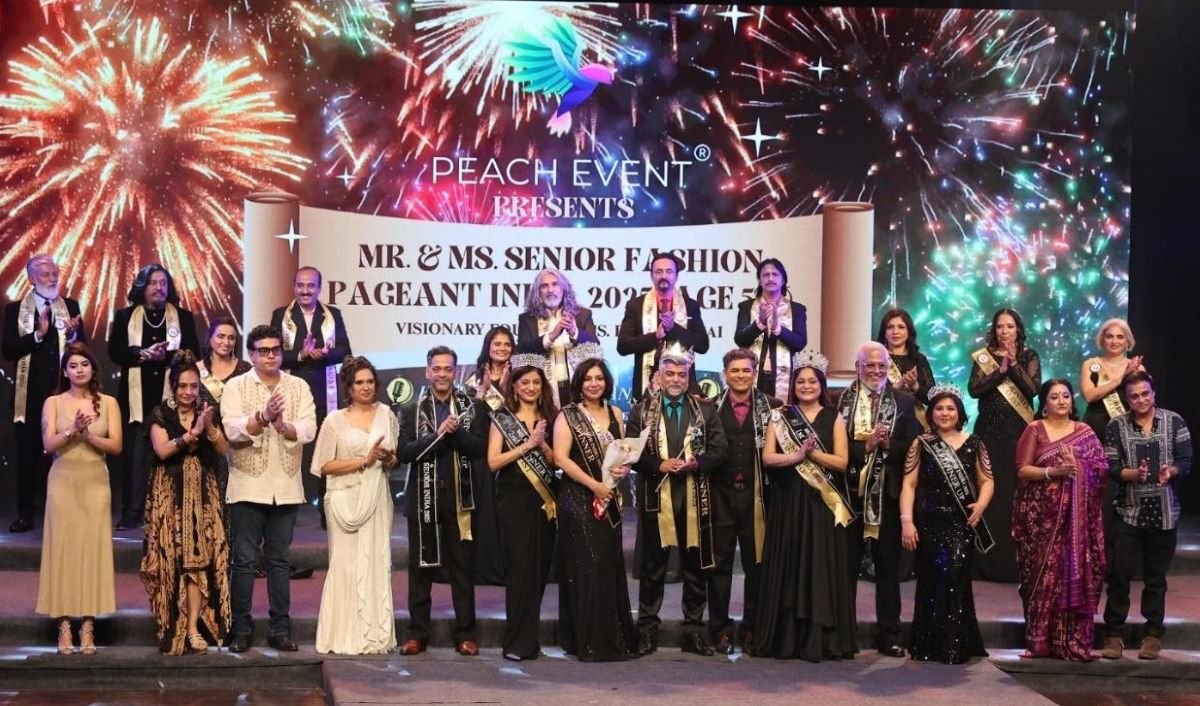

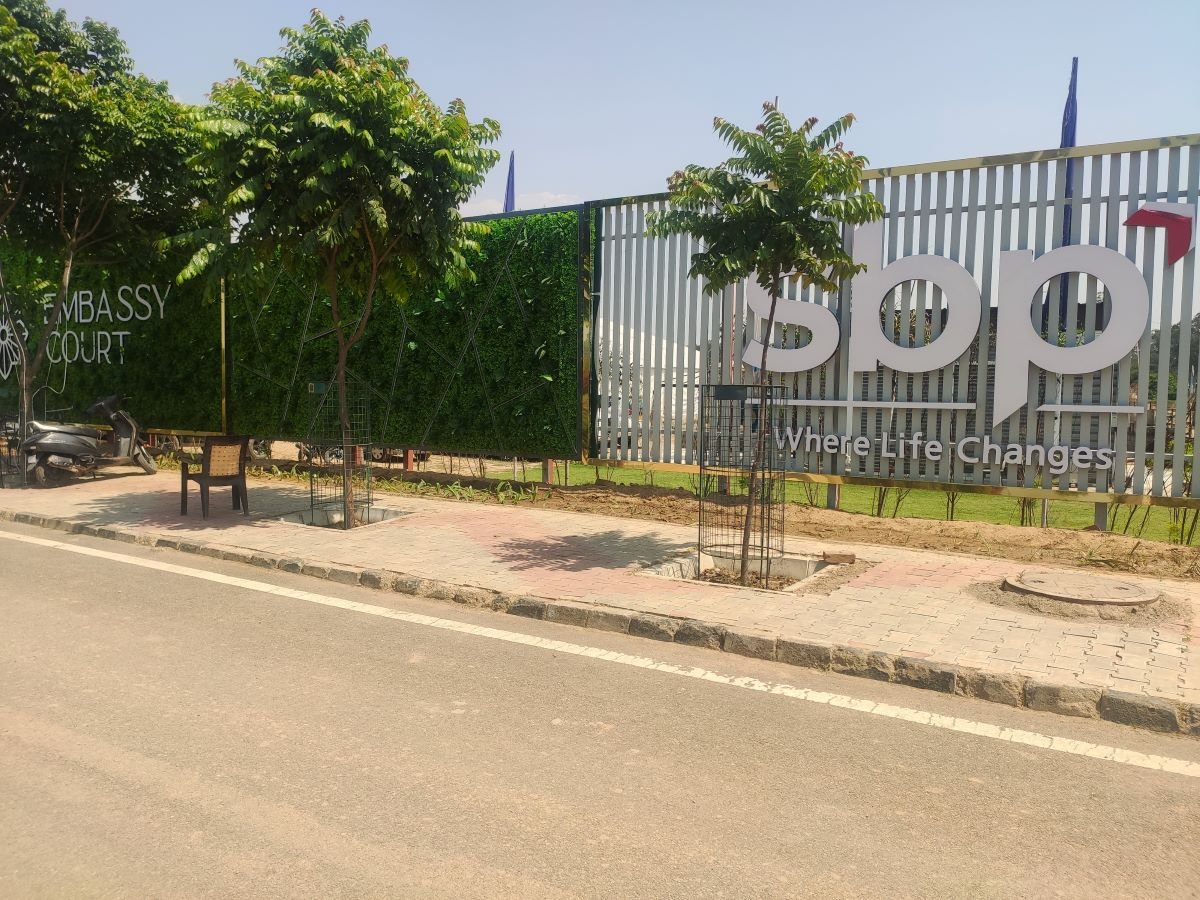




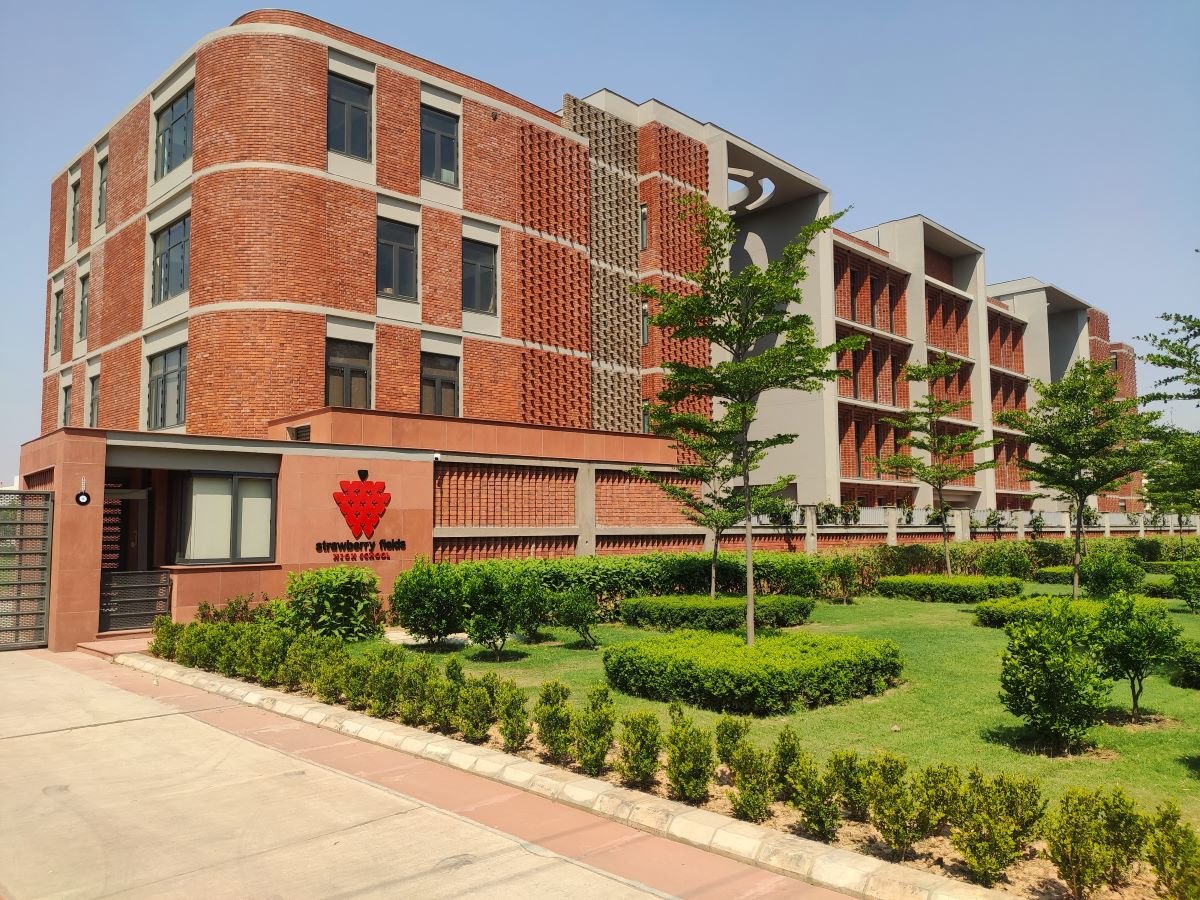











 Spelling out the Unique Selling Proposition (USP) of Looks Privé, Vaishali said, “We have curated a personalized sanctuary for premium grooming, that blends scientific precision with the soothing richness of natural ingredients, promising an experiential journey for every client.”
Spelling out the Unique Selling Proposition (USP) of Looks Privé, Vaishali said, “We have curated a personalized sanctuary for premium grooming, that blends scientific precision with the soothing richness of natural ingredients, promising an experiential journey for every client.”



